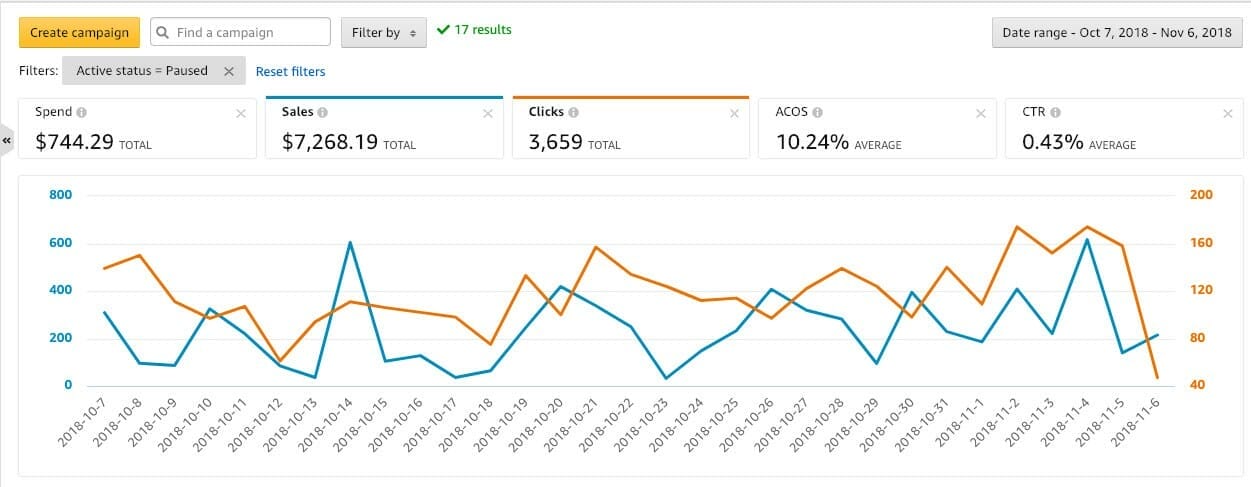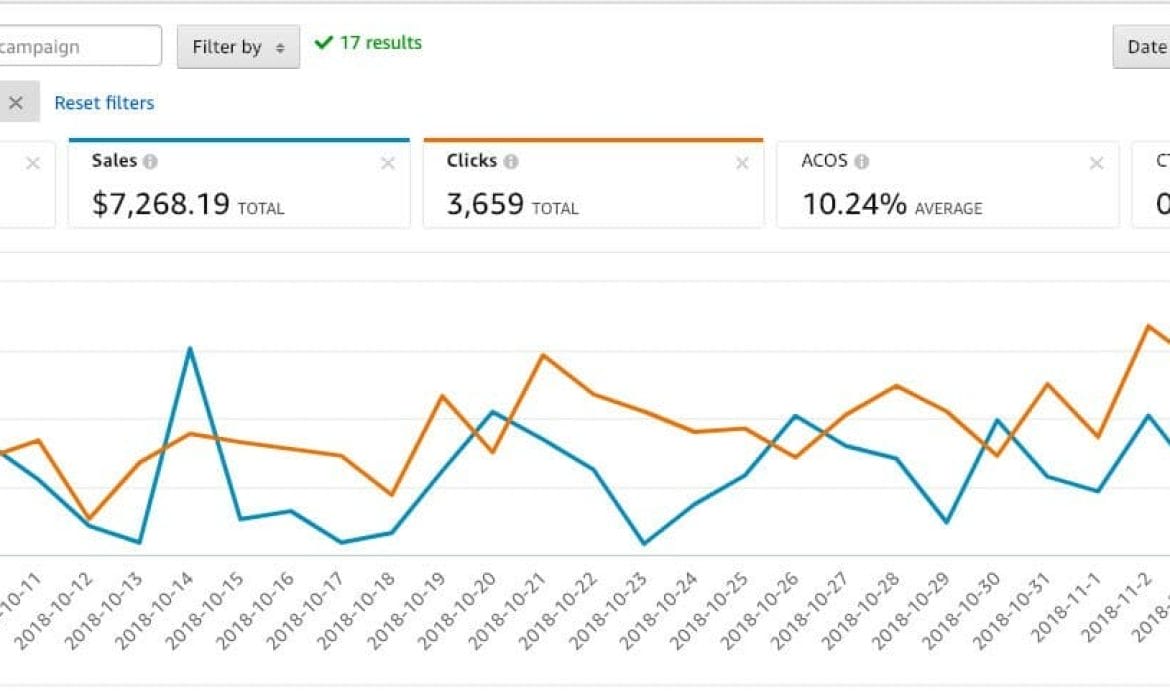
When it comes to advertising, your ACoS (Advertising Cost of Sales) is one of the most important metrics you need to understand. It helps you determine how well your campaigns are performing and can help you decide when to increase or decrease your ad spend.
A good ACoS is determined by a range of factors, including your product portfolio and campaign goals. It varies by brand and industry, so there is no perfect target ACoS for every business.
What is acos?
ACOS (Advertising Cost of Sales) is a metric that helps sellers measure the effectiveness of their advertising campaigns on Amazon. It is a ratio of total ad spend to targeted sales revenue.
It is a very important metric for sellers to be familiar with and understand. However, determining what a good ACoS is and what it means for your company can be difficult because it depends on many factors.
Generally, advertisers strive for an ideal ACoS between 15%-30%. However, this can vary depending on a number of factors, including product offerings and marketing strategies.
What is a good acos on amazon?
Acos stands for advertising cost of sales. It is an important metric that all sellers must understand.
A good ACoS indicates that you are spending less on ads per sale and are making more profit. It also helps you work out your product’s break-even ACoS, which is the point where your advertising costs are equal to your profit margin.
The ideal target ACoS for a seller is between 15%-30%, but it differs depending on the company, product offering, and marketing strategy.
ACoS can be difficult to calculate, and it often changes over time. However, there are tools that can help you analyze your Amazon ACoS and ensure that it is within the range you want it to be.
What is a good acos marketing?
The ad cost of sales (ACoS) is the average advertising cost per sale. It is calculated by dividing your PPC cost by the number of sales you generate with your ad campaigns.
ACoS is an important metric to monitor because it gives you a better understanding of your marketing effectiveness. It also helps you find out if you are spending too much or too little on advertising.
Whether you are working to optimize profitability, increase product exposure, maximize visibility, or liquidate stale inventory, the ACoS threshold you set for each campaign is based on your business goals.
You can lower your ACoS by optimizing ad spend, improving ad copy and landing pages, and increasing conversions. However, you need to keep in mind that every company, product offering, and marketing strategy is different, which can make it difficult to achieve a perfect ACoS percentage.
What is a good acos advertising?
ACoS, also known as Advertising Cost of Sales, is a marketing metric that measures advertising spend relative to sales. This metric is comparable to the Total Advertising Cost of Sale (TACoS), but it is more granular and offers a better understanding of how effectively your ads are performing.
The normal ACoS for Amazon is around 30 percent, but it can vary based on your objectives and strategies. It is usually a good idea to aim for an ACoS that is lower than your product cost, which can help maximize your profits.
ACoS is one of the most important metrics for a business to understand and manage. It can be calculated at any level of an ad campaign and can give a clearer picture of how efficiently your campaigns are performing.
What is a good acos meaning?
ACos is an advertising cost of sales metric that shows how much of each dollar is spent on advertising. It calculates the number of advertising sales and divides it by the advertising cost to show how effective your ad campaign is.
Amazon sellers can find the acos percentage for their campaigns by going to the marketing dashboard. It also gives the breakdown of how many sales each ad campaign produced.
Ideally, ACoS is calculated using the price a customer pays, rather than the revenue your company receives from that sale. This is important for those who are selling to Amazon, as it can make the calculation more accurate.
ACoS is an important metric, but it should be used as part of a wider cost structure analysis. It should be considered alongside production costs, shipping fees, and Amazon fees to determine the profitability of your product.

